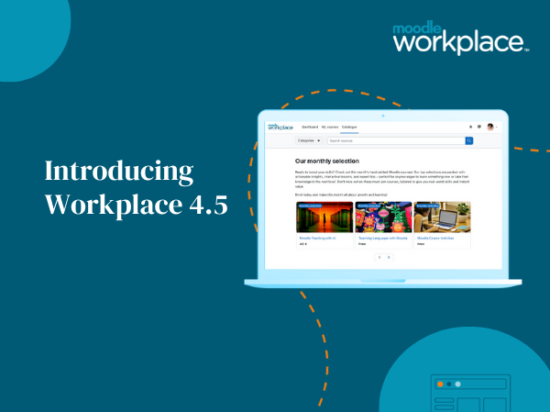Have you ever heard of the 70-20-10 LMS model? It’s been around for a number of years. In case you haven’t, this L&D model basically posits that the vast majority of learning (70%) is through experience; 20% is from social interaction and 10% is from formalised instruction which can include eLearning.
These are not hard and fast numbers but guidelines; the percentages will vary depending on the business and the type of training. The idea behind this ratio is that we don’t retain what we learn unless we can practice it. Over time, this forgetting curve, gets worse. The curve, which was plotted by researcher Hermann Ebbinghaus in 1865, focused on the memorisation of nonsense syllables . Ebbinghaus concluded that the best way to improve memory was to use mnemonic techniques and repeat them shortly after learning it.

Ebbinghaus forgetting curve where time equals retention rates.
How does the 70-20-10 theory apply to eLearning? Assuming that we learn better by doing, a Learning Management System (LMS) should assign learners tasks that will stretch their knowledge. In this model, learners have to take responsibility for their own learning. The way to achieve this is to make sure your organisational culture encourages these learners to explore applications of their training.
Of course, there are varying degrees of this learn-by-doing approach. For example, if you are being trained how to use a particular fire extinguisher to put out an electrical fire, you don’t want your employees yanking the extinguisher from the wall and lighting a computer on fire to test out that the extinguisher works properly.
A more reasoned approach requires a re-thinking of how you spend your L&D budget.
There are various strategies you can employ when implementing this model. For example, you can offer assignments with new experiences or job swaps. On the social side of the equation, coaching and mentoring, discussions with colleagues, formal and informal debriefs inform the learning curve. You can combine formalised classes with workshops and eLearning—a blended approach.
You may want to answer the following questions to help you narrow down the design of your 70-20-10 LMS:
- How can trainees practice their skills without disrupting the business?
- What assignments will make them think outside their current roles?
- Is job swapping an option?
- Who on staff is willing and can act as a mentor or make their expertise available?
- Are there opportunities to set up collaborative troubleshooting?
- What skills or critical learning can be achieved online via an LMS?
Just so you don’t forget, My Learning Space, can help you integrate your LMS into the practice-makes-perfect paradigm. And if you are successful, here’s another chestnut to consider, the 80-20 rule: 20% of your customers account for 80% of your business.
Why not apply a variation of that rule when it comes to your training. Let My Learning Space help you do the maths.







